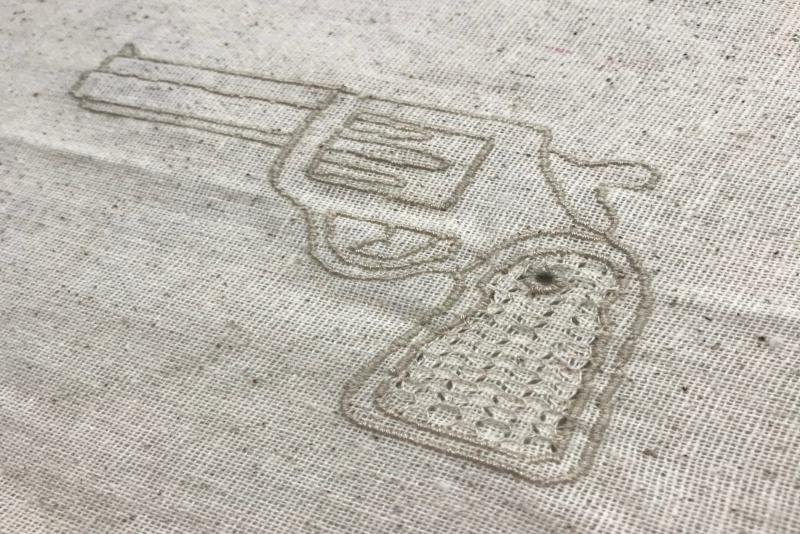A new study shows that state laws allowing judges to temporarily remove firearms from at-risk people can lower suicide rates among older adults. It also showed that increased firearms regulations in general are associated with lower suicide rates.
The study by UCLA researchers, published earlier this month in the journal BMC Public Health, relied on state-level data on gun laws and suicides from 2012 to 2016. It found that extreme risk protection order laws — also known as “red flag laws” — were associated with a 2.5% decrease in firearm-related suicide among those age 65 and older and a 2.4% decrease in firearm suicides for those aged 55-64. It also was responsible for a drop in overall suicides in that age group, though gun laws were not found to affect non-firearm suicides.
Older adults, especially men, are more likely to die by suicide than the general population, and firearms are the most common means.
“Access to firearms plays a really large role in that,” said Dr. Altaf Saadi, now of Harvard Medical School, the study’s lead author. “And firearms suicide is an even bigger concern among older adults who might be experiencing cognitive decline or dementia.”
More: What Is A Red Flag Law?
The study suggests that a change in state-level gun laws may help reduce suicide. That’s sure to raise eyebrows among some gun activists. While the NRA has expressed some openness to red flag laws, many smaller state gun rights organizations have campaigned against them, calling them a threat to the Second Amendment.
“State firearm legislation really needs to be part of the answer,” Saadi said.
Polling has shown strong majorities of Americans across the political spectrum support extreme risk protection order laws. A 2019 survey by APM Research Lab/Guns & America/Call To Mind also found widespread support among gun owners, as well as broad support for other measures, such as stricter firearm background checks.
Nineteen states have enacted extreme risk protection order laws.
The study continues a trend of medical professionals looking at gun violence through the lens of a health crisis and calling for “increasing physician comfort with talking about guns in the home.”
Funding for firearm injury studies largely dried up in the mid-1990s after the Dickey Amendment forbade federal money from going toward research that promoted gun control.
In December 2019, Congress agreed to include $25 million for federal gun violence research in a spending bill, the first such funding in more than 20 years. Experts say much more is needed but applauded the change.
Some medical researchers have been filling in the gaps with private- or state-funded studies.
“It is our role to sort of speak up about what would be appropriate in terms of addressing this public health issue,” Saadi said.
Resources if you or someone you know is considering suicide:
National Suicide Prevention Lifeline: 1-800-273-8255 or https://suicidepreventionlifeline.org/
Options For Deaf + Hard of Hearing: 1-800-799-4889
en español: 1-888-628-9454
Veterans Crisis Line & Military Crisis Line: 1-800-273-8255, Press 1
Crisis Text Line: 741-741
In emergency situations, call 911
Guns & America is a public media reporting project on the role of guns in American life.

